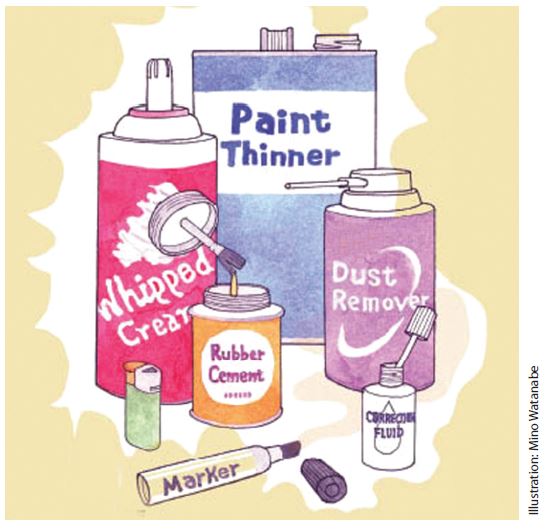Written on: October 1, 2023 by Nicholas Georges
I try my best to avoid repeating topics within a year, but the constant changes in this industry sometimes require me to address an issue more frequently. I wrotei a column in April about the intentional misuse of aerosol products. It shared data on inhalant abuse, explained efforts the aerosol industry has taken to educate consumers about the dangers of intentionally misusing products and discussed a petitionii by the Families United Against Inhalant Abuse (FUAIA) to the Consumer Product Safety Commission (CPSC) requesting a rulemaking to adopt mandatory safety standards “to address the hazards associated with aerosol ‘duster’ products containing the chemical 1,1-difluoroethane, or any derivative thereof.”
Following a 3–1 vote on Aug. 2, the CPSC grantediii the petition and directed staff to initiate a rulemaking to adopt a mandatory standard to address the safety hazards associated with the intentional inhalation of fumes from aerosol duster products containing HFC-152a. The lone Commissioner to vote against initiating a rulemaking noted that the CPSC lacked the expertise and resources to engage this problem effectively and that other Government agencies, such as the Substance Abuse & Mental Health Services Administration (SAMHSA) and the Dept. of Veterans Affairs, may be better equipped to address substance abuse and mental health.
As of writing this column, there is no indication which direction the rulemaking will go. It could involve a mandatory labeling standard, the required use of a bittering agent or combinations thereof.
Regardless, it is critical for Industry to be at the table for this rulemaking and explain what is feasible from a technology standpoint to address inhalant abuse, including what can be done beyond a labeling standard. The 2022 Staff Briefing to the Commission recommended that no bittering agent should be required in dusters due to a lack of efficacy; however, the current petition calls for the use of a bittering agent other than denatonium benzoate, and it is plausible that this option will be reexamined.
Additionally, during a meeting conducted by ASTM International with a range of stakeholders, consumer advocates recommended switching to compressed gas or using bag-on-valve technology. While these suggestions are not readily feasible, all available options must be fully evaluated. For example, if a duster were to use a compressed gas while containing the same weight of propellant, a considerably stronger container beyond what is allowed under the Hazardous Materials Regulationsiv would be necessary to manage the higher pressure from a compressed gas, compared to a liquefied propellant. The potential hazards of that extremely high pressure would have to be discussed and evaluated for potential failure, whether through accidental or intentional misuse. Such analysis and education must come from Industry experts; otherwise, the good intentions of addressing inhalant abuse could lead to other incidents.

Any mandatory safety standard should neither deter the appropriate use of a product nor draw attention to the fact that the product can be abused (in the instance of including a specific warning label, like that on cigarettes). No one organization can solve inhalant abuse. Stakeholders, including Industry, must work together to develop appropriate safety standards.
For more information about this rulemaking, please contact me at ngeorges@thehcpa.org. SPRAY
i SPRAY, April 2023
ii link
iii link
iv 49 CFR 173.306